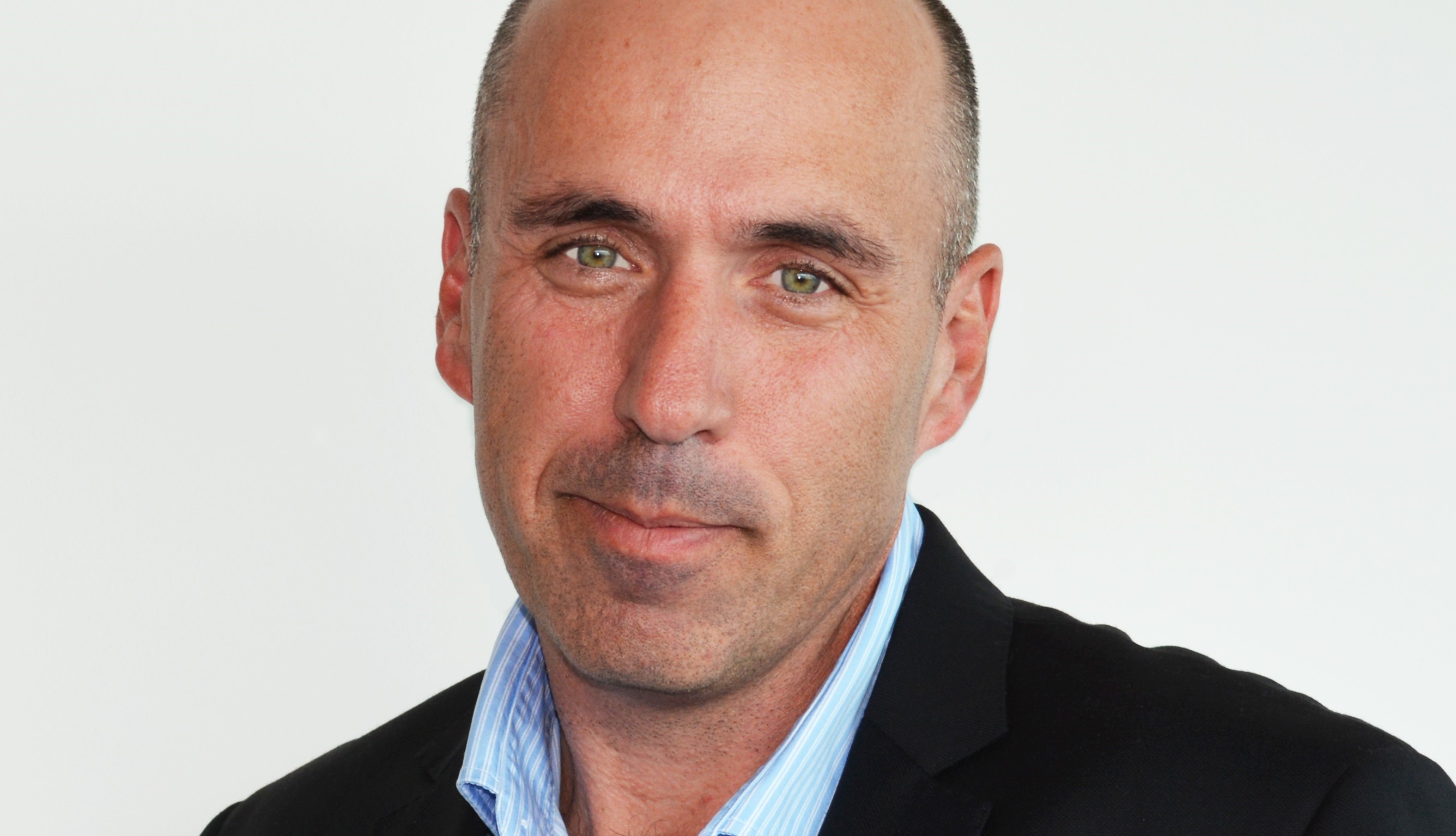
CIO50 Australia 2024: Warren Willis, P&N Group
Name: Warren WillisTitle: Chief Transformation & Technology Officer (CTTO)
Company: P&N Group
Commenced role: December 2020
Reporting line: Chief Executive Officer
Member of the executive team: Yes
Technology Function: 170 total employees within CTTO Division (including Operations), 60 (specifically IT & Transformation Delivery) and six Direct Reports
P&N Group is a national multi-brand customer-owned bank operating P&N Bank in WA and BCU Bank in NSW and Queensland, serving approximately 200,000 customers and employing some 600 employees.
Led by Warren Willis, the group’s transformation and technology division has executed a comprehensive, multi-year transformation program.
This was delivered via a modern and foundational technology architecture based on several enablers, including Salesforce CRM, Mulesoft, nCino for business lending, a Snowflake data environment, and Optimizely to support the customer digital experience across the Group’s P&N Bank and BCU Bank retail brands.
The transformation program was designed to position the group with a global best-of-breed technology stack that would help differentiate it from other customer-owned banks and provide true customer value.
These technology foundations introduced a pace of delivery and agility not previously seen within the bank as they replaced legacy platforms to deliver more contemporary value to customers.
More importantly, the technology enablers changed the way the organisation operated across sales, marketing and service activities.
“Using our Modern Data Platform, we have assembled data sources to better understand our customers and their needs,” says Willis.
“This data-rich environment powers our newly established CRM platform to ensure customers are provided with the right messaging at the right time, regardless of the channel.”
Willis also oversaw the development of end-to-end case management to align front and back-office activity with a single view of status and progress, resulting in improved turnaround times, especially when combined with automation and integration of business processes between various systems.
APEX ways of working
A critical enabler for the group’s transformation program was the development of its agile ways of working, called APEX (Agile Project Execution).
Founded on agile principles and an adaptive planning approach, APEX has enabled responsiveness to changing demands and focus areas over time, says Willis.
“APEX saw the introduction of cross-functional squads composed of subject matter experts and transformation and technology team members,” he says. “The squads included new roles, such as product owners who were focused on value outcomes and empowered to reduce time to decision for delivery teams.”
Delivering transformation
Transformation is rarely a purely technology initiative and requires consideration of changes across structure, processes, KPIs and culture to deliver maximum impact.
P&N Group’s transformation sought to deliver a more customer-centric bank of the future for current and future customers through efficient and agile ways of working, investment in strategic platforms, and replacement of outdated legacy banking systems, processes and products that no longer delivered a modern integrated customer experience.
The focus was on developing and leveraging personalised solutions that provide greater digital enablement and self-service capability, to make the Group easier to bank with, work with, and partner with.
Target operating model changes were made to support the transformation, including the group’s broker operating model, lending operations, retail operations, project delivery, IT platforms, data and digital.
The group’s transformation program has been a stand-out success and delivered true business-wide transformation executed incredibly well and to budget. By accelerating delivery six months ahead of schedule during the transformation program mobilisation, they shifted their focus to deliver early value to our customers, employees and partners.
Value was delivered early and often and while there were areas that included pure technology innovation, such as the use of machine learning to predict customer churn and embedding it into the group’s processes, the real value has come from business wide alignment and the successful and sustained ongoing execution of delivery goals against shared benefit success metrics.
Willis fostered a shared language among the executive group and various business areas, highlighting the need for shared ownership of metrics and for business operating models to evolve as part of the transformation.
“Too many transformation programs deliver the technology and fall short in driving the business model changes unlocked by the technology, which was a key focus of ours to mitigate,” he says.
People and culture
“Recognising our greatest asset is our people and our competitive advantage is the culture we co-create across the bank to thrive, we embedded our group-wide culture within the Transformation and Technology team, rather than creating any form of sub-culture, and worked in lock step with the broader management team to drive this cultural change.” Willis said.
Willis also emphasised the need to transform safely, which required parallel investments in cyber security, architecture, governance and risk management.
He worked closely with the group’s board, who have ultimate accountability, to ensure they were comfortable with the security posture while undergoing such as large transformation program.








